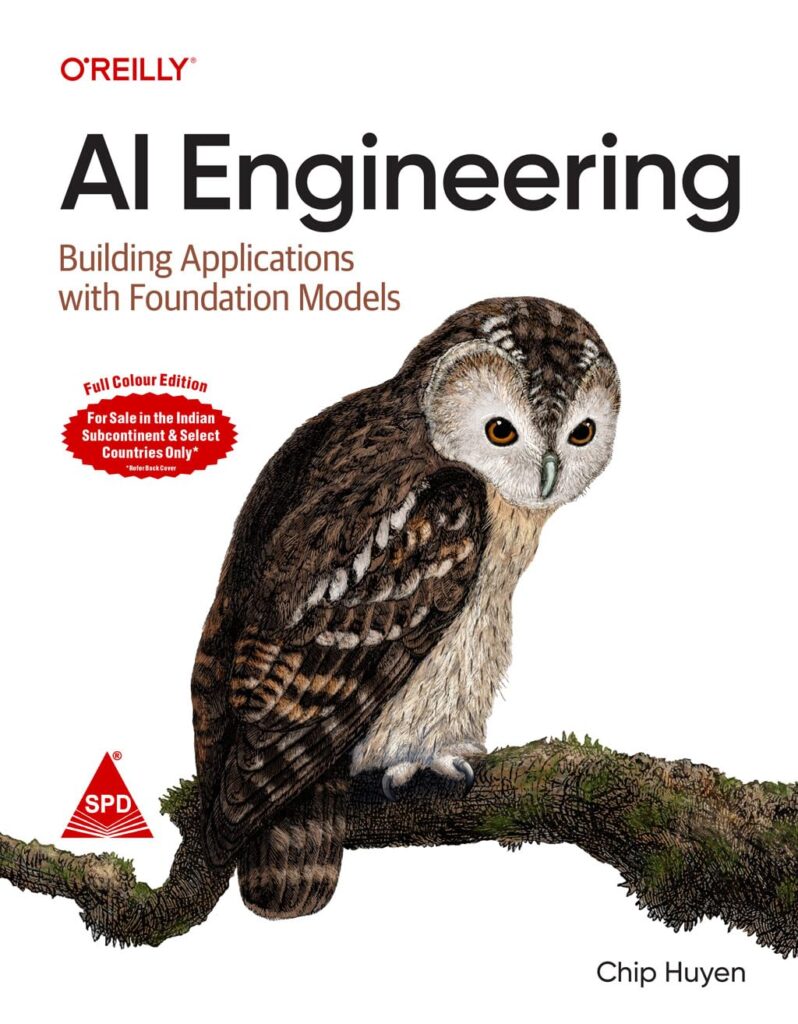Multiple Linear Regression in SPSS
Multiple Linear Regression in SPSS, In the world of statistical analysis, understanding the relationships between variables is crucial.
One powerful method to explore these relationships is Multiple Linear Regression (MLR).
Multiple Linear Regression in SPSS
In this article, we will provide a detailed overview of multiple linear regression, how to perform it using SPSS, and why it’s an essential tool for data analysis.
What is Multiple Linear Regression?
Multiple linear regression is a statistical technique that models the relationship between two or more independent variables and a dependent variable by fitting a linear equation to the observed data.
The goal is to predict the dependent variable based on the values of the independent variables.
This method is widely used in various fields such as finance, social sciences, and health economics, making it a key skill for researchers and data analysts.
The Linear Equation
The equation for multiple linear regression can be expressed as:
[ Y = β0 + β1X1 + β2X2 + … + βnXn + ε ]
Where:
- ( Y ) is the dependent variable.
- ( β0 ) is the intercept.
- ( β1, β2, … , βn ) are the coefficients for each independent variable ( X1, X2, … , Xn ).
- ( ε ) is the error term.
Key Assumptions of Multiple Linear Regression
Before diving into analysis, it’s essential to ensure that your data meet the following assumptions:
- Linearity: The relationship between the independent and dependent variables should be linear.
- Independence: Observations should be independent of each other.
- Homoscedasticity: The residuals should have constant variance at all levels of the independent variables.
- Normality: The residuals should be approximately normally distributed.
- No Multicollinearity: Independent variables should not be too highly correlated with each other.
Performing Multiple Linear Regression in SPSS
Step 1: Data Preparation
Before running an MLR analysis, you need to prepare your data. Ensure your dataset is clean, and all statistical assumptions are met. You can check for outliers, missing values, and relevant variable transformations.
Step 2: Running the Regression Analysis
- Open SPSS: Launch the SPSS application and load your dataset.
- Select the Regression Tool:
- In the top menu, navigate to
Analyze>Regression>Linear.
- Set Up Your Variables:
- In the pop-up window, move your dependent variable into the “Dependent” box and your independent variables into the “Independent(s)” box.
- Options and Statistics:
- Click on
Statisticsto choose which statistics you want to include in your output. It’s recommended to check “Estimates,” “Confidence intervals,” and “Descriptives.” - Click
Continueand thenOK.
Step 3: Interpreting the Output
Once SPSS generates the output, you’ll receive several tables:
- Model Summary: This table provides the ( R^2 ) value, indicating the proportion of variance in the dependent variable explained by the independent variables.
- ANOVA Table: This table tests the overall significance of the regression model.
- Coefficients Table: Here, you will see the coefficients for each independent variable, their significance levels (p-values), and confidence intervals.
Step 4: Validating the Model
After analyzing the output, it’s vital to check for any model violations. Use residual plots to evaluate homoscedasticity and normality.
Adjust your model if necessary by considering transformations or removing influential outliers.
Conclusion
Multiple linear regression is a versatile and powerful statistical tool that allows researchers and analysts to uncover relationships within their data.
By utilizing SPSS for MLR analysis, you can streamline your data analysis process and gain valuable insights.
For more detailed guidance and additional resources on conducting multiple linear regression in SPSS, visit Statology.
This resource is invaluable for practitioners seeking to deepen their understanding of statistical techniques and software tools in data analysis.
Whether you’re a beginner in statistics or looking to enhance your existing skills, mastering multiple linear regression will undoubtedly add value to your analytical toolkit.
Start practicing today to unlock the potential of your data!



